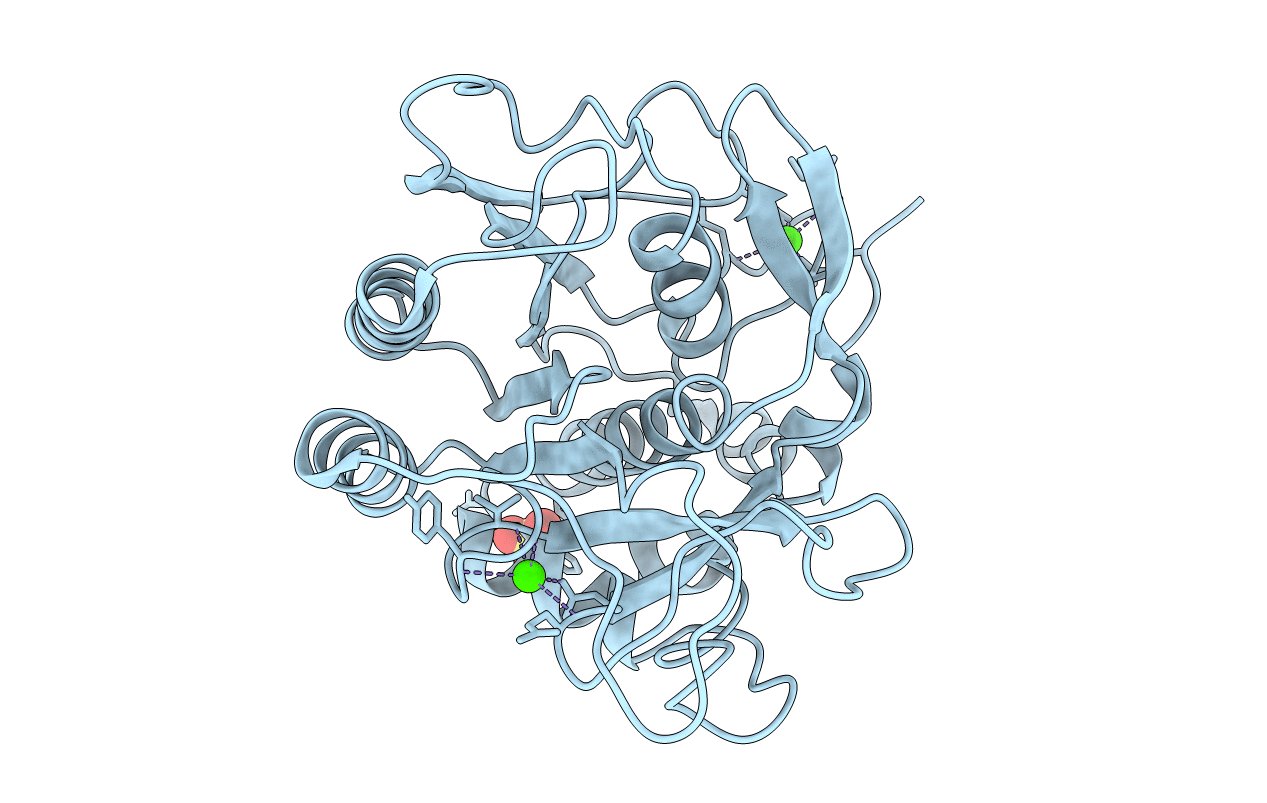
Deposition Date
1991-02-20
Release Date
1992-01-15
Last Version Date
2024-02-14
Entry Detail
PDB ID:
1S02
Keywords:
Title:
EFFECTS OF ENGINEERED SALT BRIDGES ON THE STABILITY OF SUBTILISIN BPN'
Biological Source:
Source Organism:
Bacillus amyloliquefaciens (Taxon ID: 1390)
Method Details:
Experimental Method:
Resolution:
1.90 Å
R-Value Observed:
0.16
Space Group:
P 21 21 21


